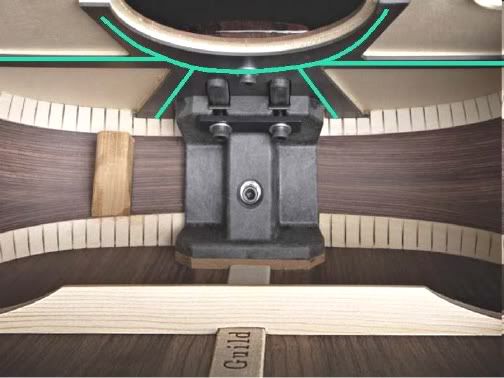vehement
Junior Member
Wondering if anyone knows can answer this question. I see that the Guild Contemporary series CV, CD, and CO all have the patented graphite neck-block bolt-on neck system, but most of the CV models also include in their description "Sound-Directing Graphite Spider Support System, Dual Locked Graphite Neck Reinforcement Tubes". Is this feature limited to only the CVs, or do they also have them on the COs and CDs? Thanks!
